Sure, presents are nice. But our favorite thing about Christmas may actually be the food (we dream about gingerbread all year long).
Ever wondered how people in other countries celebrate the holiday? We consulted Mimi Sheraton’s 1,000 Foods to Eat Before You Die to find the most popular Christmas foods in Italy, France, England, Germany, and Austria. Follow us on our culinary world tour below, and don’t forget to check out Mimi’s book, the ultimate gift for the food lover in your life.
Buy the Book
Amazon | B&N | Indiebound | Workman
Weihnachtsgebäck (Christmas Cookies)
German, Austrian
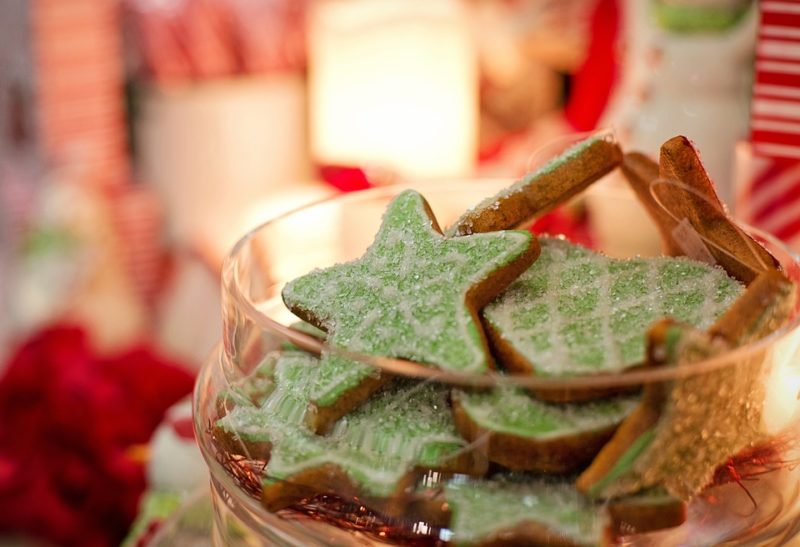
The baking begins about a month before Christmas. In professional konditoreien and the homes of ambitious cooks alike, scents of butter and hot sugar combine with exotic wafts of ginger, cardamom, cloves, nutmeg, allspice, and gentle hints of lemon, almonds, and vanilla. This enticing assault on the nostrils continues right up until Christmas, for it takes that long to amass a sufficient number and variety of all the cookies (to say nothing of the breads, cakes such as stollen, and candies) with which Germans, Austrians, and other northern Europeans celebrate the holiday.
The results, crisp, buttery little conceits that are delicious to nibble with tea, coffee, milk, or the spicy hot red punch called glühwein, often have symbolic significance in pagan or Christian lore. Stars are obvious icons, evoking the famous speck of light that guided the Three Wise Men (one of whom, the dark-skinned Balthazar, is honored with an eponymous fudgy chocolate and nut confection of his own). Marzipan and many other doughs will be cut into star shapes during the Christmas season—baked into the simple butter cookies called mailanderli, iced or decorated with colored sprinkles, or doused with cinnamon and nuts as zimtsterne.
Then there are cookies printed with animals or monklike religious figures, like the almond- and rosewater-flavored Frankfurter bettelmännchen (Frankfurt beggar men) and the egg white–glazed spekulatius. The story behind these animal cookies goes that in pagan times, a midwinter festival demanded the sacrifice of a farm animal. Since the poor could not afford such a sacrifice, they were permitted to substitute cookies in the form of animals.
Some Christmas cookies celebrate the romantic, expensive spices from the East that brighten midwinter darkness with a touch of luxury. Among those are the toothsome, hard little “pepper nuts,” or pfeffernüsse, and the crisply white, anise-scented drops called anislaibchen. Dozens more vary in name and form from one region to another, but all are kept fresh and tempting stored in airtight cookie tins in a cool place. But not in the refrigerator, where they lose their snap.
Then there are various kinds of the sweet yeast bread, stollen, including one with a roll of marzipan in the middle and quarkstollen which is made with a yogurtlike cream that is quark, halfway between sour cream and cheese. All stollens, because of their oblong folded forms, represent the swaddled newborn Christ child.
Where: In Munich and Dresden, Kreutzkamm, tel 49/89-993-5570; in Baden-Baden, Café König, tel 49/7221-23573; in Berlin, Café Buchwald, tel 49/30-391-5931; Bäckerei & Konditorei Siebert, tel 49/30-445-7576; in Vienna, Demel, tel 43/1-535- 17-17-0; in Chicago, Lutz Café and Pastry Shop, tel 877-350-7785; in Santa Monica, Venice, and Culver City/Mar Vista, CA, Röckenwagner. Mail order: During the Christmas season, shop.rockenwagner.com. Further information and recipes: Visions of Sugarplums by Mimi Sheraton (1969); The 20 Best German Christmas Cookies by Liane Guterhof (2013).
Christmas Eve Fish Dinner
Italian
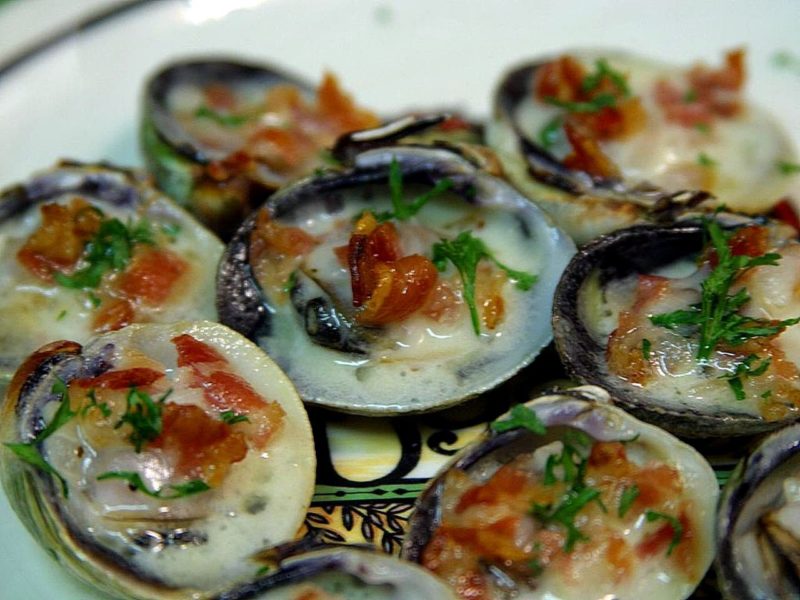
Christmas Eve—La Vigilia in Italy—is indeed a night of vigilance, if not for the eastern star that guided the Wise Men, then perhaps for the odd bone hiding in that plate of fish. In Italy, at least, this would be a wise vigil, for the traditional feast on that mystical evening is a multifish dinner, with the required number of specimens ranging from seven to thirteen. Leave it to the food-wise Italians to end the traditional Catholic day of fasting with a feast highlighting the delectable variety of fish and shellfish that abound in Italian waters.
Now fashionable enough to be featured as a Christmas Eve special in some of the more ambitious Italian restaurants around the United States, the multicourse extravaganza is better realized in homes, where one can eat in relaxed, informal surroundings and take time to gossip and reminisce between courses.
To many, seven is the magic number of fish to be served on this night. Festa, Helen Barolini’s book of Italian holiday foods, tells us that seven is variously thought to represent the sacraments, Christ’s seven utterances from the cross, the seven gifts of the Holy Spirit, or seven heroes of Christianity—saints Andrew of Scotland, Anthony of Italy, David of Wales, Denis of France, George of England, James of Spain, and Patrick of Ireland.
Whatever the target number, one might assume one could fulfill the numerical requirement with a single opulent dish such as, say, a seafood salad, or the mixed fry that is fritto misto de pesce, or brodetto fish soup. But that would be cheating, for tradition dictates that each fish be served as a separate course or, if combined, be counted only as one, with other dishes added to make up the required total.
The meal might begin with seafood salad or baked clams and mussels arreganata, followed by two pastas, each with a different fish sauce, then by a series of individually prepared fish such as bass, mullet, flounder, and certainly eel, that last being a mandatory symbol of good fortune on Christmas Eve.
Barolini suggests mussels in white wine sauce, an anchovy-dressed salad, a sardine pâté on crostini, two bowls of spaghettini—one with red clam sauce, the other with white—then broiled shrimp and poached whiting. Neither mentions octopus or calamari, but these cephalopods often join the party.
Where: In New York, Ai Fiori and Greenwich Grille; for Christmas Eve seafood pasta, Rao’s Recipes from the Neighborhood by Frank Pellegrino (2004); thedailymeal.com.
Bûche de Noël
French
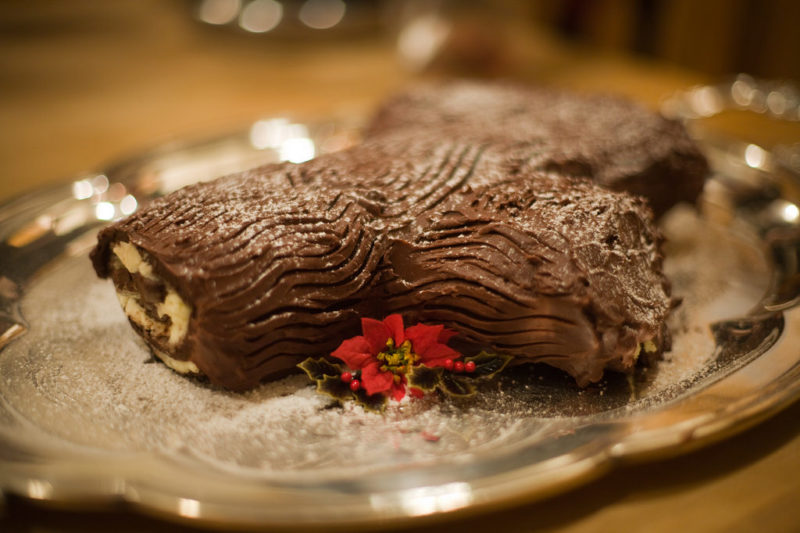
Young children may wish Christmas came around more often—and the adults who have tasted the bûche de Noël will share their sentiments. Surely no one would mind if this wickedly rich and creamy log of a cake showed up at other times, perhaps even at Easter. Why let tradition dictate when we can dig into the tender blond, vanilla-and-rum-scented cake of the lightest, eggiest sponge dough, wrapped jelly roll–style around a thick and delectably oozy buttercream filling of chocolate or mocha?
But honor its origins we must. Like the European log cakes of England, Norway, and Lithuania, the bûche dates back to pre-Christian times when huge Yule logs were burned in fireplaces to honor the winter solstice. To replicate that ancient tree-trunk look, the rolled and filled cake is decorated with more buttercream frosting, scored to resemble bark, and adorned with tinted marzipan formed into tiny mushrooms and woody knots. Other garnishes might be candied cherries, sprigs of holly, and toasted almonds or pistachios, with piping spelling out “Joyeux Noël” or the numbers of the New Year.
In France, the bûche de Noël is traditionally eaten at the réveillon supper held after midnight mass on Christmas Eve, though it reappears in patisseries and restaurants throughout the holiday season. Soft and rich when served at room temperature, the bûche can be even more subtle and seductive when half frozen so the buttercream sets to almost ice-cream consistency and the cake’s sweetness becomes less intense.
Where: In many locations in France and in New York, Ladurée; in Colmar, France, Pâtisserie Jean, tel 33/3-89-41-24-63; in Oakland and Berkeley, CA, La Farine Boulangerie. Further information and recipes: Visions of Sugarplums by Mimi Sheraton (1986); The Art of French Pastry by Jacquy Pfeiffer and Martha Rose Schulman (2013); Saveur.com.
Roast Goose with Sage-Onion Stuffing
English

Probably no roast in history has tantalized and nourished as many generations as this literary main course. As Bob Cratchit observes in Charles Dickens’s A Christmas Carol, “Its tenderness and flavour, size and cheapness, were the themes of universal admiration.” A fitting centerpiece, indeed, of the meal that inspired an epiphany in the miserly Ebenezer Scrooge as he watched the family of his downtrodden clerk enjoying a hard-won Christmas dinner. Cushioned by a fragrant sage and onion stuffing and “eked out” with a chocolate-dark giblet gravy, mashed potatoes, and nutmeg-scented applesauce by the necessarily frugal Mrs. Cratchit, it is the symbol of Christmas dinners past.
The meal’s central position in English celebrations stretches back well past the Victorian era: According to legend, Queen Elizabeth I was dining on roasted goose when she learned of the English defeat of the Spanish Armada. The queen then decreed that goose was to be served on this day, which happened to be Michaelmas, a fall holiday, every year thereafter. (Some believe that the American tradition of Thanksgiving turkey evolved from this annual celebratory feast.)
With its golden, crackling-crisp skin and unctuously moist, darkly gamy meat, roast goose will also, we hope, remain a main feature of Christmases yet to come. Although its hegemonic position at the holiday dinner table has in recent decades been usurped by turkey, perhaps due to the high amount of fat on a goose, roast goose rewards diners with a stronger, richer, more interesting flavor.
From the ghost of Christmas dinners past, here’s the recipe as the Crachits might have enjoyed it, recommended by Esther Copley in 1838’s The Housekeeper’s Guide:
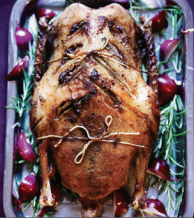 Roasted Goose with Sage-Onion Stuffing, Giblet Gravy
Roasted Goose with Sage-Onion Stuffing, Giblet Gravy
Roast a goose before a brisk fire but at considerable distance at first. It will require basting, for which purpose a little butter should be used at first, but its own fat will soon begin to drip.
Dredge with flour and salt, and see that it is nicely browned all over. A green goose, i.e., one that has not attained its full growth, will take 50 minutes to 1¼ hours; a full-grown goose will require nearly or quite 2 hours.
Further information and recipes: A Christmas Carol by Charles Dickens (1843); British Cookery edited by Lizzie Boyd (1989); bbcgoodfood.com.


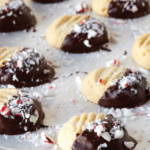
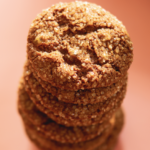
No Comments